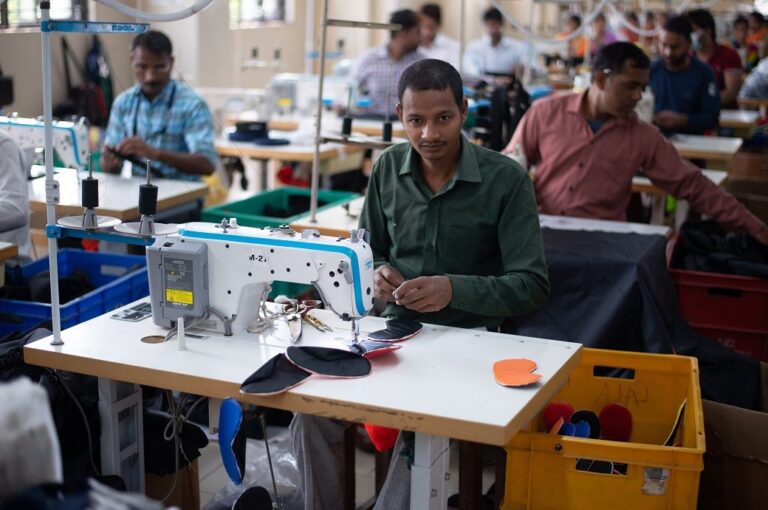
[ad_1]
Around 50 per cent of the respondents expect a higher level of production in Q4 January-March 2022-23 with an average increase in production in double digits. This assessment is also reflective in order books as 52 per cent of the respondents in Q3 October-December 2022-23 have had higher number of orders and demand conditions continue to be optimistic in Q4 too, according to the Federation of Indian Chambers of Commerce and Industry (FICCI) Manufacturing Survey.
India’s manufacturing sector’s growth is expected to continue in Q4 of 2022-23, with signs of softening cost pressure. Around 50 per cent of respondents expect higher production, with an average double-digit increase. However, high raw material prices, increased transport costs, and fluctuation in foreign exchange rates contribute to rising production costs.
The cost of production as a percentage of sales for manufacturers in the survey has risen for 73 per cent respondents, which is lower than 94 per cent as reported in the previous survey. Nonetheless, high raw material prices especially that of steel, increased transportation, logistics, and freight cost, and rise in the prices of crude oil and fuel have been the main contributors to increasing cost of production. Other factors responsible for escalating production costs include enhanced labour costs, high cost of carrying inventory, and fluctuation in the foreign exchange rate.
FICCI’s latest quarterly survey assessed the sentiments of manufacturers for Q4 January-March (2022-23) for eleven major sectors including textiles, apparels, technical textiles, and textile machinery. Responses have been drawn from over 400 manufacturing units from both large and small medium enterprises (SME) segments with a combined annual turnover of over ₹10 lakh crore.
The future investment outlook has also improved as compared to the previous quarter as over 47 per cent respondents reported plans for investments and expansions in the coming six months. This is also an improvement over the previous survey where only 40 per cent reported plans for investments in the next six months.
Increased cost of finance, cumbersome regulations and clearances, high logistics cost due to high fuel prices, low global demand, high volume of cheap imports into India, shortage of skilled labour, highly volatile prices of certain metals, and other supply chain disruptions are some of the major constraints which are affecting expansion plans of the respondents.
Around 87 per cent of the respondents had either more or the same level of inventory in Q3 October-December 2022-23, which is equivalent to that of the previous quarter. In Q4 January-March 2022-23, about 90 per cent of the respondents are expecting higher or same level of inventory.
The outlook for exports seems to be waning as about 36 per cent of the respondents reported higher exports in Q3 October-December 2022-23 as compared to the Q3 October-December of FY2021-22. Furthermore, only about 30 per cent of the respondents expect their exports to be higher in Q4 January-March 2022-23 as compared to Q4 January-March 2021-22.
Hiring outlook though positive, remains below potential as only 32 per cent of the respondents were looking at hiring additional workforce in the next three months.
Most sectors have sufficient labour force engaged in their operations and are not facing shortage of labour at factories. While 74 per cent of the survey respondents mentioned that they do not have any issues with workforce availability, the remaining 26 per cent feel that there is still lack of skilled workforce available in their sector.
Fibre2Fashion News Desk (NB)
[ad_2]
Source link